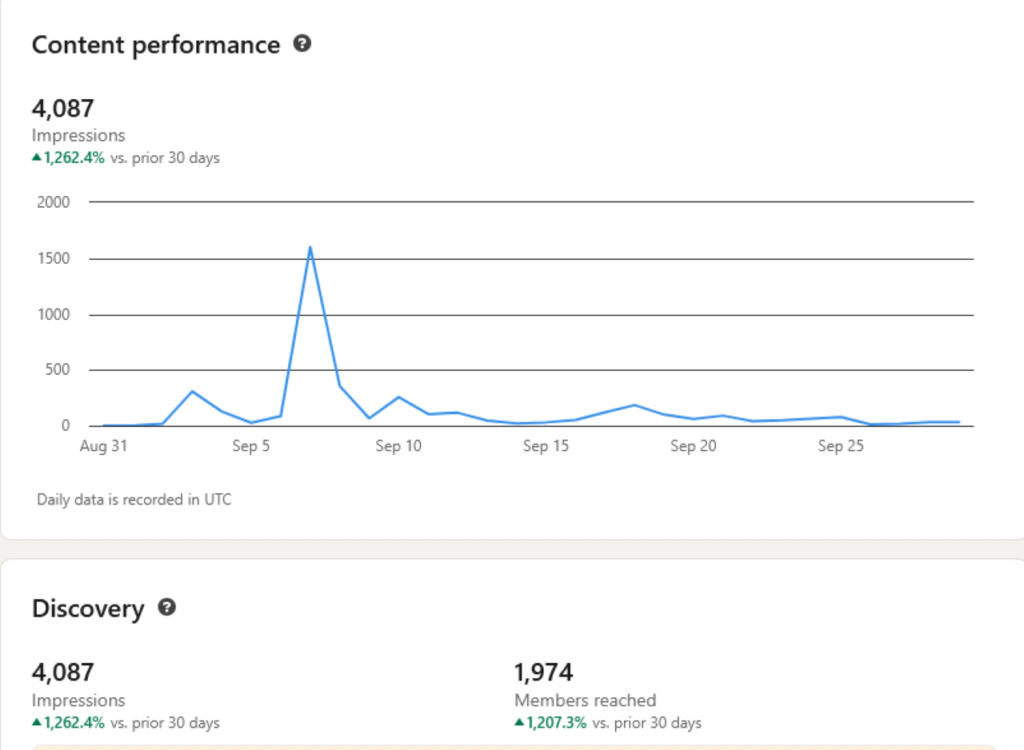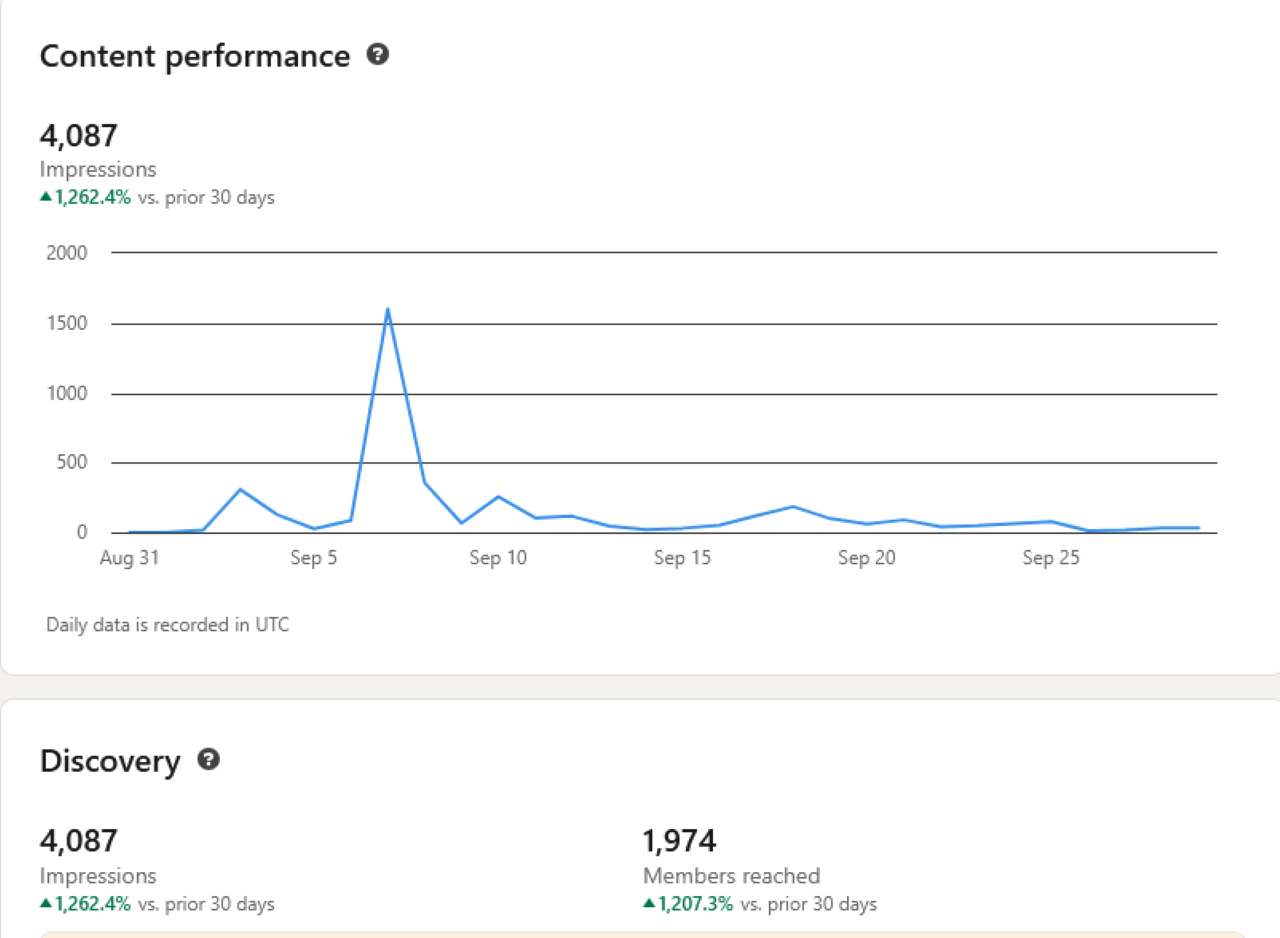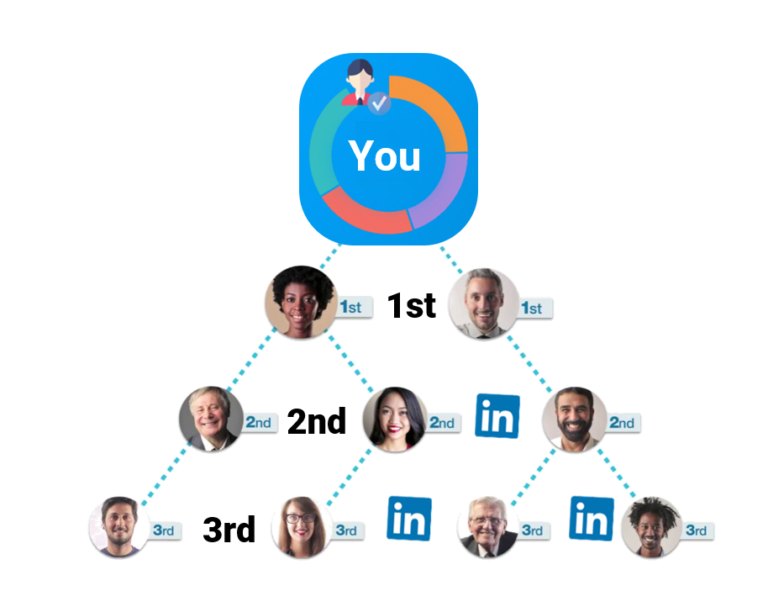What Are Impressions on LinkedIn
What are impressions on LinkedIn? was asked by a subscriber of mine. Let’s address this question today. If you are trying to grow your personal brand or business presence on LinkedIn, you have probably come across the term “impressions.” But what exactly are impressions on LinkedIn, and why do they matter? Understanding this core metric is essential if you want to increase reach, attract more followers, and improve your visibility on the platform.

In simple terms, LinkedIn impressions refer to the number of times your content appears on someone’s screen—be it a post, article, or advertisement. It does not necessarily mean the viewer interacted with your content, just that it showed up in their feed. This makes impressions one of the most fundamental indicators of how often your message is seen.
Understanding this metric is key to improving your content reach, measuring LinkedIn post performance, and optimizing your visibility on the platform. It is the first step toward creating content that not only gets noticed but also engages and converts your target audience.
LinkedIn Impressions: The Basic Definition
An impression is counted every time your content is shown to a user, regardless of whether they engage with it or not. This includes feed appearances, even if the user scrolls past without clicking or reacting. It’s a passive signal that your content was at least seen by someone.
If your post appears in someone’s feed for more than a fraction of a second, it qualifies as an impression. LinkedIn tracks this data behind the scenes and surfaces it in your analytics dashboard. This allows you to gauge how widely your posts are distributed.
This is a top-level metric available in LinkedIn Analytics that tells you how many times your content is being seen. It is especially important for content creators, marketers, and job seekers looking to grow their influence.
Why Impressions Matter on LinkedIn
Impressions are the starting point for any kind of engagement—no one can like, comment, or share what they do not see. Without visibility, even the best content can go unnoticed. That is why impressions form the base of your LinkedIn content strategy.
They reflect how far your content is being distributed and how well LinkedIn’s algorithm is favoring it. If your content consistently gets high impressions, it is a good sign that your topics resonate with your network. This can boost your authority in your niche and lead to more opportunities.
Monitoring impressions helps you understand your content’s visibility and its reach within your target audience. It enables you to fine-tune your messaging and experiment with formats that perform better over time.
Benefits of Tracking LinkedIn Impressions
More impressions mean greater visibility, which increases your chances of getting engagement, connection requests, and profile visits. The more often your content appears in feeds, the higher your odds of building trust with your audience.
It also allows you to test and refine your content strategy by analyzing what performs well. For instance, if a particular format or topic results in more impressions, you know it’s worth repeating.
From B2B marketing to personal branding, impressions help you identify content that resonates with your audience. They are a foundational metric for any data-driven LinkedIn strategy.
What Counts as an Impression on LinkedIn?
For regular posts, an impression is recorded when the content appears in someone’s feed for more than 300 milliseconds. This means that even a quick scroll-by still counts as an impression under LinkedIn’s rules.
Even if the user scrolls past without interacting, it still gets counted as one impression. However, multiple appearances to the same user may also count as separate impressions depending on the session.
For ads, LinkedIn follows standard ad metrics—anytime your ad loads and is viewable, it registers as an impression. This is crucial for advertisers who want to measure brand awareness campaigns.
Impressions vs Views on LinkedIn: What Is the Difference?
Many people confuse impressions with views, but they are different metrics with different meanings. Impressions indicate that your content was displayed, while views reflect a more active engagement.
Impressions count how many times content is shown, while views track active interest—such as clicking to read a post or profile. A single post may have thousands of impressions but only a few views if the headline is not compelling enough.
Think of impressions as visibility and views as deliberate attention or curiosity from users. Both are important, but they serve different roles in understanding your content’s performance.
How to Increase Your Impressions on LinkedIn
Post consistently to stay active in the feed and improve your chances of appearing more often to your connections and followers. A regular posting schedule helps you remain top-of-mind and builds momentum.
Use relevant hashtags to help LinkedIn categorize your content and show it to interested users. Hashtags act like content tags, guiding the algorithm toward showing your posts to the right audience.
Tagging people, engaging with others, and posting at peak times can all help increase your content impressions. Collaboration and interaction are great ways to amplify reach on LinkedIn.
Optimize Your LinkedIn Posts for Visibility
Native content like carousels, text posts, and polls generally perform better in terms of impressions than external links. LinkedIn favors content that keeps users on the platform.
Short paragraphs, bold first lines, and emojis can enhance mobile readability and improve engagement. This visual optimization helps grab attention in a fast-scrolling environment.
Make your content skimmable and visually appealing so users stop scrolling and take notice. A good hook at the beginning of your post can make all the difference in how many people see and engage with it.
Interpreting LinkedIn Impressions for Growth
Impressions are only one piece of the puzzle; combine them with engagement rate, click-throughs, and follower growth. This helps paint a clearer picture of how your content is truly performing.
A high number of impressions with low engagement might mean your content lacks relevance or clarity. It is a signal to tweak your copy, visuals, or value proposition.
Use the data to test new formats, topics, and posting schedules until you find what clicks. Tracking and iteration are key to LinkedIn content success.
Final Thoughts: Why You Should Care About LinkedIn Impressions
Impressions are a sign of visibility—the more impressions you earn, the more people are seeing your message. They are the first checkpoint before engagement, conversations, and conversions begin.
Whether you are job hunting, building a personal brand, or marketing a business, impressions lay the foundation for success. If your content does not get seen, it does not get results.
Track this metric regularly in LinkedIn Analytics and aim to improve it with strategic, high-quality content. Because in the world of social media, visibility is influence—and impressions are your gateway to both.





